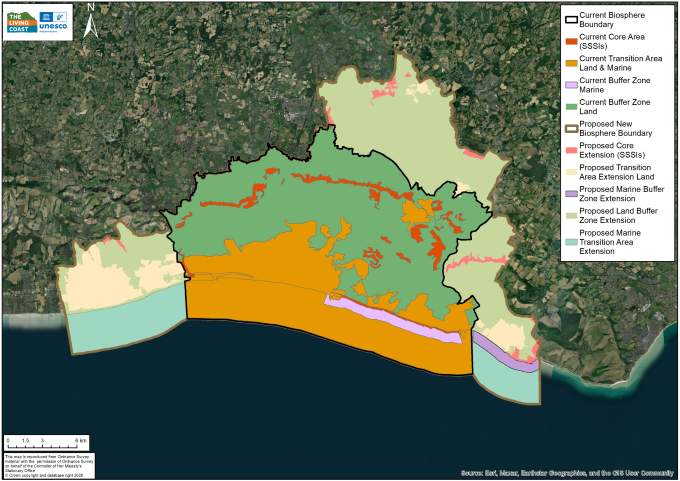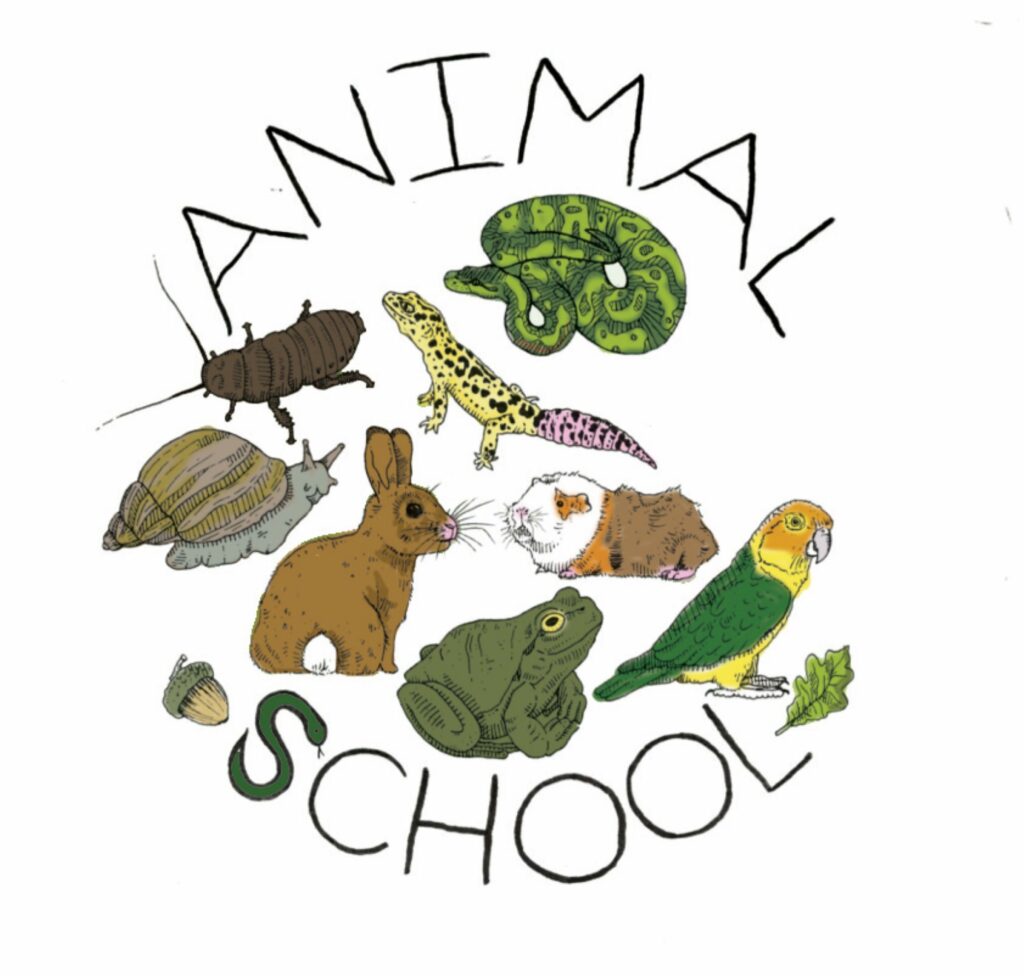World recognition for an expanded Living Coast UNESCO Biosphere in Sussex
The designation of The Living Coast Biosphere in Sussex has been renewed by the United Nations Educational, Scientific and Cultural Organisation (UNESCO) bringing the Biosphere to over 550,000 Sussex residents.
The renewal for a further ten years recognises the vital work of the Biosphere Partnership in connecting people with nature and supporting and enhancing rare and unique landscapes over 700 square kilometres of Sussex.
They have also granted the application to expand The Living Coast area from Worthing in the West, to Seaford in the East and stretching North over the South Downs National Park to Wivelsfield and Newick in the Low Weald.
Zoe Gowers, Youth Representative for The Living Coast Biosphere Partnership, said: “The Living Coast has created so many opportunities for young people to connect with nature, learn about the environment and be part of the solution to changing climates and biodiversity loss.
“Expanding the Biosphere means more communities, including more young voices, can help protect and sustain our amazing local area.”
Public engagement with residents, organisations and community groups showed overwhelming support to increase the size of The Living Coast from its original boundary which covered Newhaven to Shoreham-By-Sea.
The new area includes jewels of local environmental and cultural heritage such as Cissbury Ring, Chailey and Ditchling Commons, and Cuckmere Haven, providing even more opportunities for The Living Coast to connect people and nature.
James Bridge, Chief Executive and Secretary-General of the UK National Commission for UNESCO, said: “The renewal and expansion of The Living Coast UNESCO Biosphere Reserve demonstrates the strength of partnership in action, bringing together local communities, councils, universities, and conservationists around a common goal for a more sustainable future.
“As part of UNESCO’s global network of over 700 Biospheres, The Living Coast will continue to play an essential role in linking the UK’s places and people to international solutions for biodiversity, climate, and education. Congratulations!”
Martin Harris, Chair of The Living Coast UNESCO Biosphere Partnership, said: “Retaining global recognition from UNESCO maintains Sussex’s valuable connections and knowledge sharing with the wider international community. Together we are working hard for a more sustainable future, making more than half a million residents part of a global community that is over 300 million strong.
“Communities have been at the heart of The Living Coast from the start. The expanded Biosphere will strengthen and build on 10 years of invaluable collaboration between local organisations, education, communities and businesses, providing new and increased opportunities to connect people and nature.”
Some of the fantastic project achievements over the last 10 years include delivering toolkits and coaching to support local tourism businesses improve their environmental sustainability; the nationally renowned Our City Our World programme bringing sustainability education into schools; protecting underground water supplies through rain gardens on streets, in parks and in schools; the opening of a new national trail; and creating bee and butterfly banks in urban areas.
The Living Coast continues to support local partners’ projects such as a trawler ban to allow marine habitats to regenerate; the restoration of the Cockshut chalk stream in Lewes; the Kelp Recovery Project led by Sussex Wildlife Trust; and Sussex Bay.
Operating as a cross-sector partnership of over 40 organisations with Brighton & Hove City Council as lead partner, The Living Coast aims to protect and enhance our wildlife and habitats; promote a sustainable economy and communities; and champion environmental education, training and research.
Brighton & Hove City Council leader Bella Sankey said: “The Living Coast partners have done amazing work to connect our special land and seascapes with people, increasing access and inclusion for every community, from rare chalk downland to rivers and the sea, and all the open spaces in between in our towns and cities.
“They have also led the way on environmental education and finding local solutions for addressing biodiversity loss and climate change. I’m looking forward to being part of an even stronger partnership to take forward local ambitions set by the communities of The Living Coast.”
Discover more about our Sussex Biosphere in The Living Coast report of the last 10 years and vision for the future.
Every 10 years biospheres must renew their designation status with UNESCO. The decision to renew The Living Coast Biosphere status for the next 10 years was taken at the World Congress of Biosphere Reserves(WCBR) held in October in Hangzhou, China.
The Living Coast has been a UNESCO biosphere since 2014, recognised for its unique chalk land and seascape, and the partnership’s commitments and initiatives in sustainability, education and conservation.
This partnership brings together local communities, conservation groups, educators, businesses and government to promote sustainable living and the conservation and enhancement of our natural environment. Flagship projects include The Aquifer Project, Our City, Our World, and Greening The Cities. Find more information on The Living Coast website.
The Living Coast in figures
| The Living Coast now – 2025 | The Living Coast before – 2014 |
Area | 700 km2 | 388 km2 |
Population | 550,000 | 370,000 |
Sites of Special Scientific Interest | 20 | 14 |
Local Wildlife Sites | 213 | 153 |
Rivers | 3 | 2 |
National Nature Reserves | 2 | 2 |
National Parks | 1 | 1 |
Marine Conservation Zones | 1 | 1 |
[Brighton & Hove City Council news]








